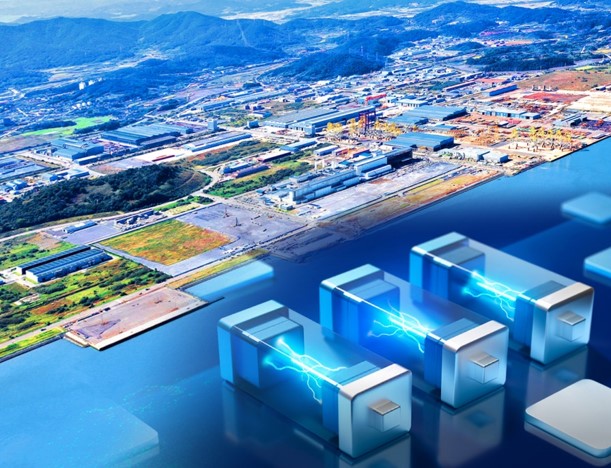Designated on October 30, 2003, with a development period spanning from 2004 to 2030, the Gwangyang Bay Area Free Economic Zone (GFEZ) is positioned as an essential hub for manufacturing, logistics, tourism, and advanced materials in South Korea.
Core Industries & Strategic Focus
At its heart, GFEZ leverages its proximity to major industrial complexes—most notably POSCO Gwangyang Steel Mill and the Yeosu National Petrochemical Industrial Complex—to build strength in materials, petrochemicals, and related sectors.
A secondary battery materials cluster is being formed around anchor firms such as POSCO Future M and POSCO Lithium Solution to support growth in battery technology.
In addition, GFEZ supports mixed industrial, logistics, cultural, and tourism activities:
- Manufacturing and chemical industries using robust infrastructure and raw material supply chains.
- Logistics and international trade, making use of Gwangyang Port’s global connectivity.
- Tourism, residential, and leisure infrastructure that enhance quality of life and attract both domestic and foreign businesses and workers.
Advantages & Investment Environment
GFEZ offers multiple strengths for businesses considering investment:
- Prime Logistics & Transport Network
Gwangyang Port is a strategic anchor, serving as a pivotal transshipment node in Northeast Asia. The zone also has excellent road and rail connections and is within reasonable driving distance of several regional airports. - Industrial Infrastructure & Raw Material Access
The existence of large industrial complexes (steel, petrochemical) provides steady supply of raw materials. There are multiple industrial complex sites ready for immediate establishment, including the Yulchon, Sepung, Hwanggeum, Daesong, and Haeryong Industrial Complexes. - Supportive Living Environment
GFEZ emphasizes not just business infrastructure, but a livable environment: residential complexes, medical facilities, cultural and recreational amenities, and natural surroundings such as islands, national parks and maritime scenery. - Attraction of Foreign and Domestic Investment in Growth Sectors
In recent years, GFEZ has won large investment commitments in future industries like secondary batteries, data centers, shipbuilding, and tourism. In 2024, for instance, it attracted about 2.7 trillion KRW from 33 companies.

Key Projects & Districts
GFEZ comprises several distinct districts with varied roles, designed to blend industrial, residential, tourism, and logistical functions:
- Gwangyang District (~12.88 km²): Focuses on container ports, industrial complexes, logistics hinterlands.
- Yulchon District (~18.03 km²): Heavy industries, high-tech materials, related manufacturing, port-integrated activities.
- Shindeok District (~7.83 km²): Mixed use for settlements, business, industrial support, with a residential and commercial background.
- Hadong District (~9.70 km²): Shipbuilding, offshore plant industries, leisure complexes.
- Hwayang District (~6.43 km²) & Gyeongdo District (~2.15 km²): Focused on tourism, resort, marine and island tourism development.
Sources:
https://www.fez.go.kr/portal/en/gfez.do
https://www.gfez.go.kr/eng